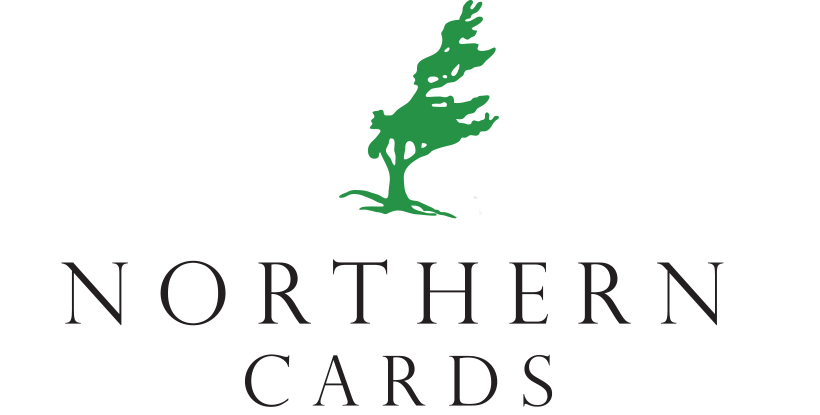The Fascinating History of Mother's Day
Written by Jean-Paul Michael

On Sunday May 12th, 2019, many mothers across North America will be honoured by their offspring with the arrival of Mother's Day. Mother's Day is celebrated in different countries at different times of the year, so it has already been and gone in the UK this year for example but those living in Indonesia will have to wait until December 22nd. However, across Canada and the United States, as well as most of the world, the occasion is annually celebrated on the second Sunday of May.
Also known as Mothering Sunday in some countries, this much-loved occasion is our way to celebrate our mothers and mother figures, showing them how much we love and appreciate them, and most of us do so with at least a greeting card, if not gifts, a meal or outing or simply a day where they can put their feet up and rest. When it comes to mother figures, Mother's Day can be a day to celebrate step-mothers, mothers-in-law, guardians and family friends, as well as birth mothers, and oftentimes, husbands buy gifts for their wives on behalf of their small children. We all know a mother or mother figure who deserves a treat on this day of the year, let alone more often.
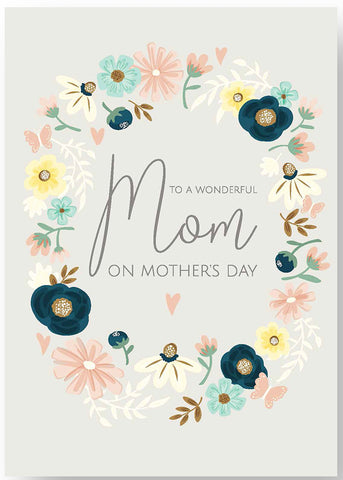
In 2018, the National Retail Federation estimated that consumers in the US were expected to spend an average of $180 total on Mother's Day purchases, including on cards, gifts and outings. Unsurprisingly, greeting cards were classed as the items that would be most commonly purchased, with 77% of those surveyed saying they would be doing so.
While each country may have its own Mother's Day origin stories, it likely started with the Ancient Greeks and Romans, who both held spring festivals to honour mother goddesses. Fast forward many years and as The BBC writes, we have evidence from Medieval times that Mothering Sunday in England had its roots in the church and was actually a day for people to make a traditional pilgrimage to their 'mother church' or cathedral.
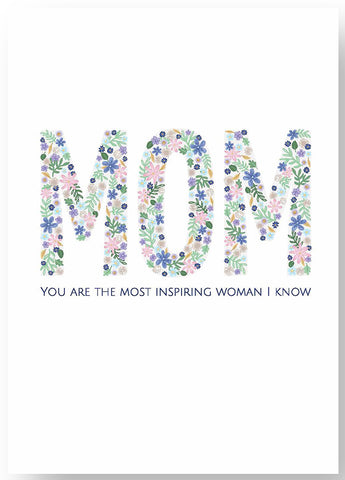
Interestingly, the processions often featured brawling parishes, who each wanted to be at the front, to the point where in the thirteenth century, a bishop of Lincoln threatened punishments to try and deter the fighting. By the 1600s, in England's Gloucestershire and Worcestershire, this progressed to a tradition where domestic servant workers and live-in apprentices would leave to visit their mothers and to take home simnel cake at one of the leanest times of the year.
In 1908, West Virginia's Anna Jarvis became the matriarch of modern Mother's Day in the US, subsequent to the death of her own mother, and she encouraged people to wear her mother's favourite flower - a white carnation. She campaigned for mothers to be recognised with a national Mother's Day and by 1914, it was proclaimed a national holiday in the United States.
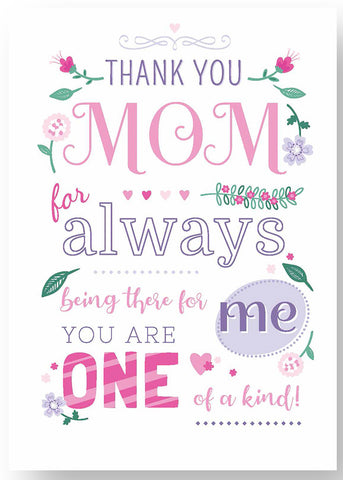
In 1913, Britain's Constance Smith was inspired by Anna Jarvis, and she campaigned for the revival of a Mother's Day featuring simnel cakes and local customs from past centuries, but not to be limited to one Christian denomination. The modern historian of the Mothers’ Union, Cordelia Moyse, writes, "By 1938, it was claimed that Mothering Sunday was celebrated in every parish in Britain and in every country of the Empire.”
By the time World War One had ended, more and more people in Britain were celebrating mothers on Mother's Day and as Moyse explains, "It's hard not to see it as partly a reaction to the British First World War experience and the great loss of life."
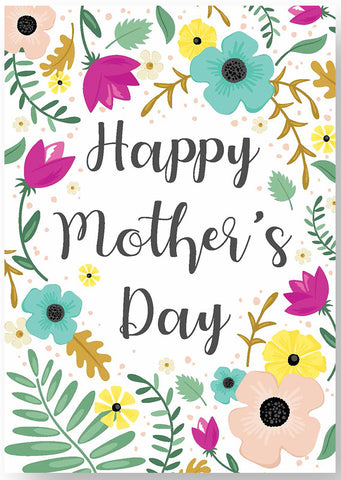
Back in the US in the 1920s and Anna Jarvis had begun to resent that the holiday had become so commercialized and over the next twenty years, she demanded the boycotting of florists, gate-crashed a confectioners' convention and was arrested at a protest for disorderly conduct. Sadly, greetings cards seemed to be her biggest bugbear, as she was quoted as saying, "A printed card means nothing except that you are too lazy to write to the woman who has done more for you than anyone in the world."
Ironically, neither Anna Jarvis nor Constance Smith ever became a mother and Jarvis died in a sanitarium, where her medical bills were settled by people in the greeting card and floral industries.
This Mother's Day, what will you be doing to celebrate an amazing mother or mother figure?
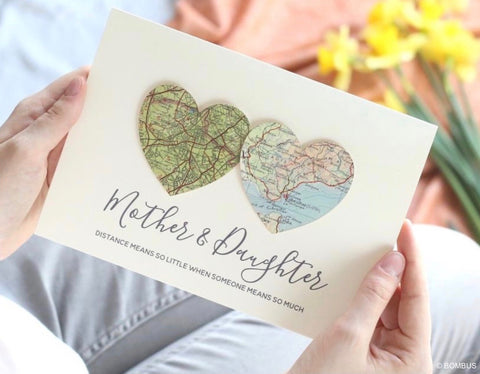
A greeting card is one of the best ways to show that you are thinking of such a special person and if you have difficulty writing your own words inside, have a read of our blog 'Wondering What to Write Inside That Greeting Card You Just Bought?' for tips on how to do so.
Author Bio
Jean-Paul Michael has spent his entire adult life in the greeting card industry. He co-founded Northern Cards when he was 18 years old and over the last 3 decades, he has held many varying positions in the company. Today, he is proud to be Northern Cards' Publisher and a lifelong greeting card geek.

